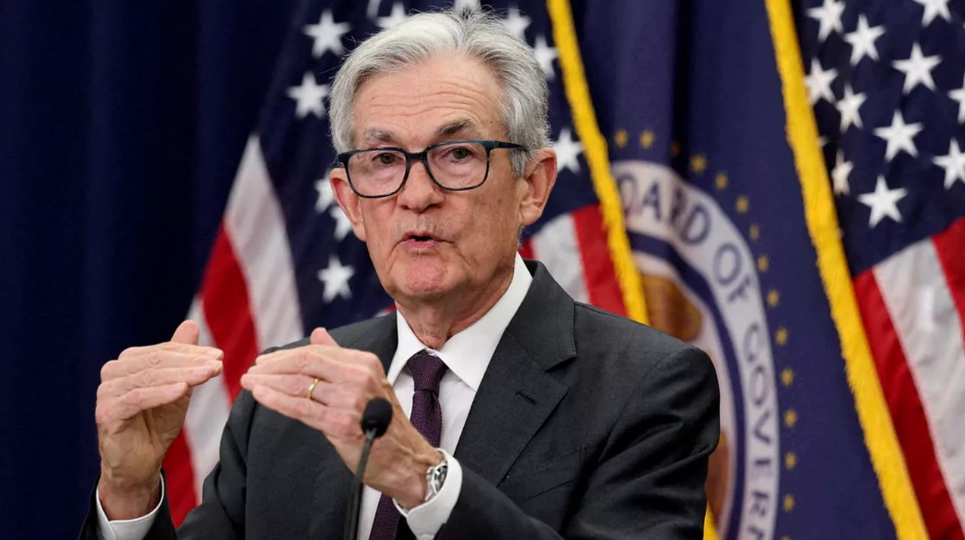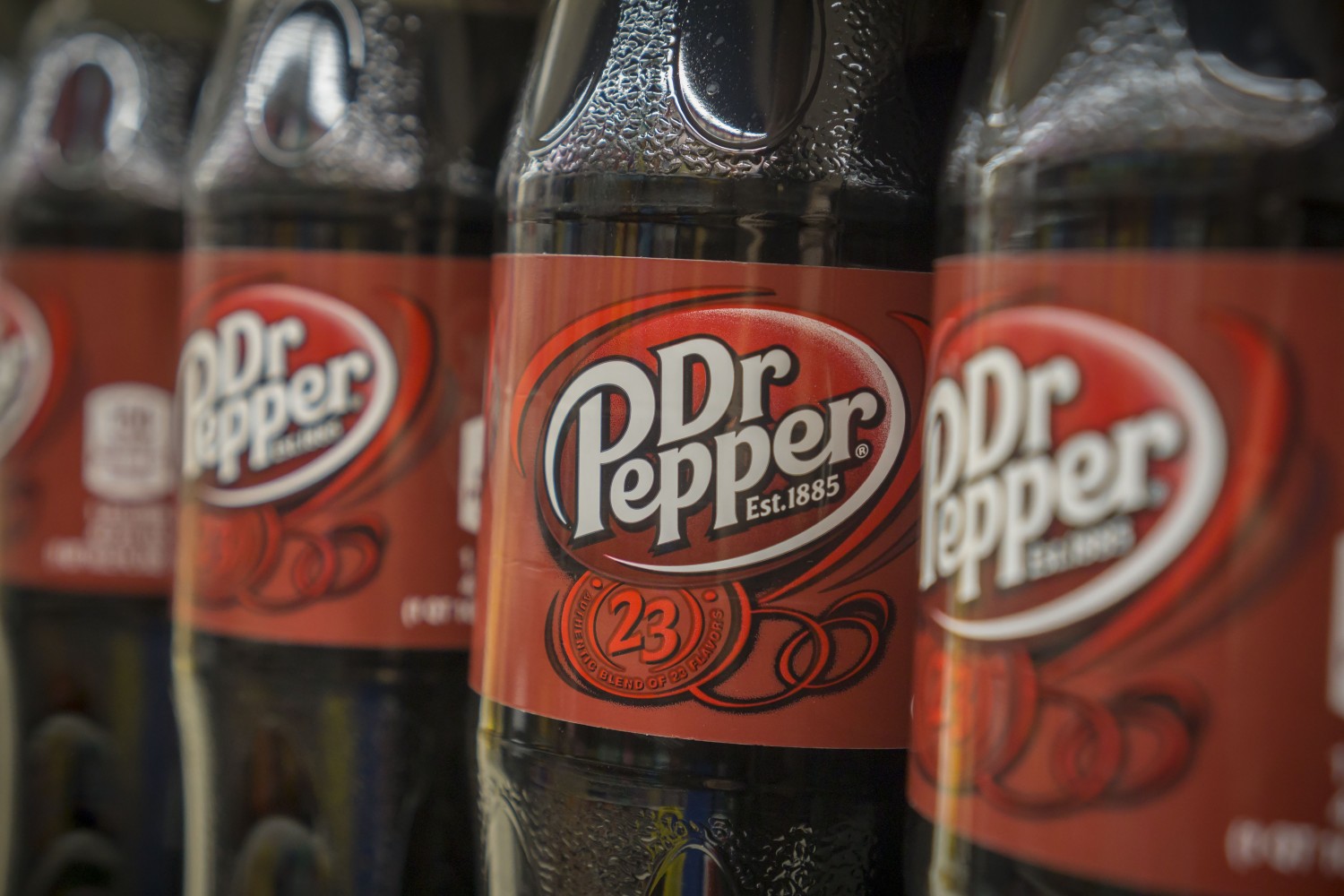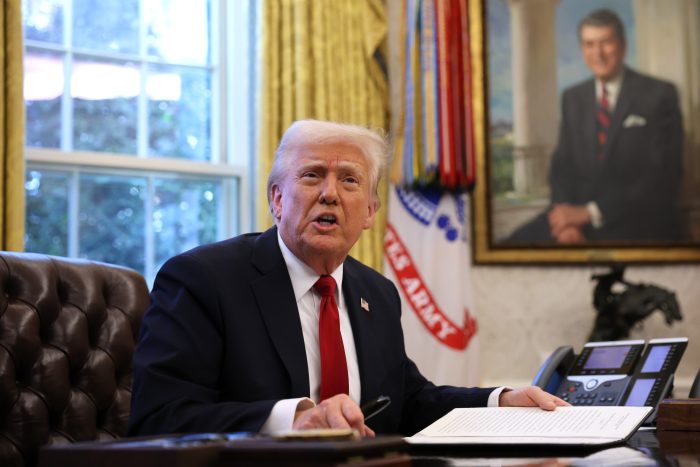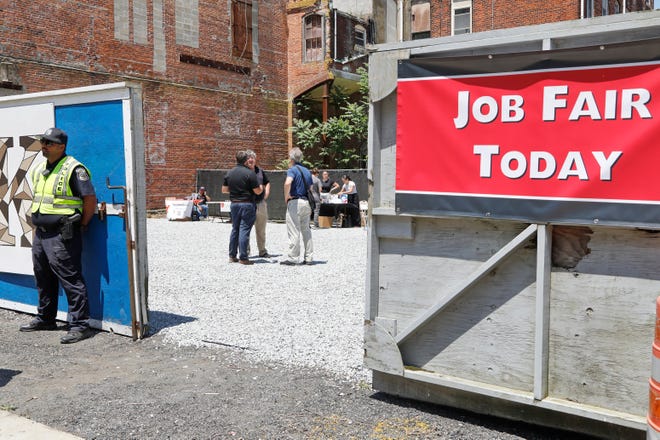
This article is more than
2 year oldUS hiring boom continued in February with 311,000 added jobs
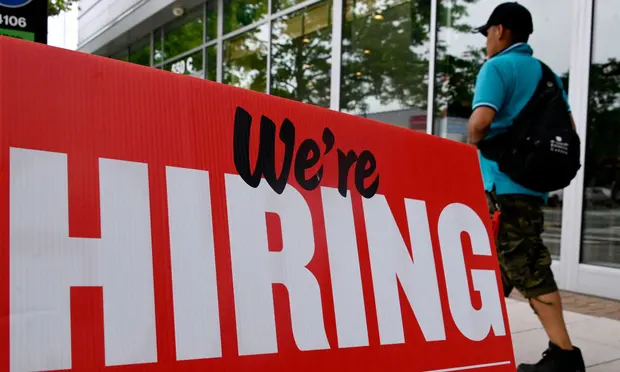
The US’s hiring boom continued in February with employers adding another 311,000 jobs and the unemployment rate remaining close to its 50-year low at 3.6%.
The number was sharply lower than the revised 504,000 new jobs the labor department announced were added in January, following months of slowed job growth. But it was far higher than the 220,000 economists had been expecting and comes as inflation has remained stubbornly high. The Federal Reserve has signaled it will continue to aggressively hike interest rates in its fight to cool the economy and bring down prices.
Leisure and hospitality accounted for the largest gains, adding 105,000 new positions, employment in retail rose by 50,000 and government jobs rose 46,000. Wages edged up by 0.2% over the month, the slowest increase since February 2022.
February’s strong growth was driven in part by people returning to the workforce. The percentage of the US population in work or actively looking for a job – known as the labor force participation rate – rose to 62.5%, its highest level since the early stages of the pandemic, and not that far off the pre-pandemic average of 63.5%.
The Fed chair, Jerome Powell, told Congress this week that there was still “a long way to go” to tame inflation, which fell to an annual rate of 6.4% in January from a four-decade high of 9.1% last June but remains well above the Fed’s target of 2% annually.
Powell indicated that more rate rises were likely. “Restoring price stability will likely require that we maintain a restrictive stance on monetary policy for some time,” he said.
So far the Fed sharp rate rise do not appear to have filtered through to the jobs market. The US currently has nearly 11m job openings – close to two vacancies for every unemployed American.
The labor department reported on Thursday that the number of people filing for unemployment insurance had increased by 21,000 to a seasonally adjusted 211,000 last week. But they remain below 2019’s pre-pandemic average of 220,00.
“The US labor market is undoubtedly still strong, but the softer February data fits with our view that it will weaken over the course of 2023 as consumer spending eventually slows,” said Cailin Birch, global economist at the Economist Intelligence Unit. “For now, the moderation in the pace of job creation suggests that the Federal Reserve may stick with its recent pace of monetary tightening.”
